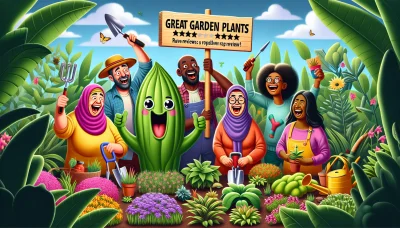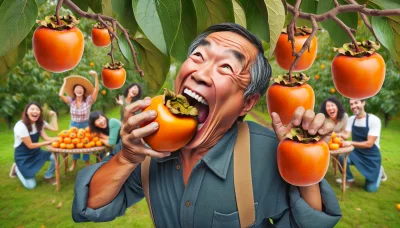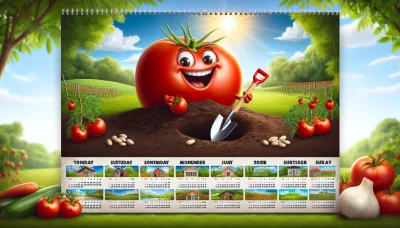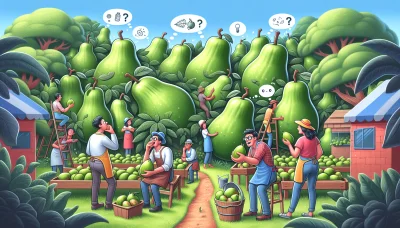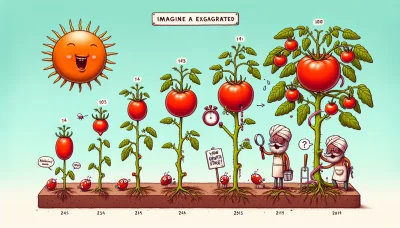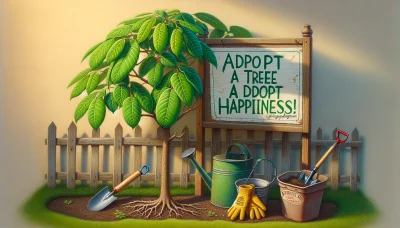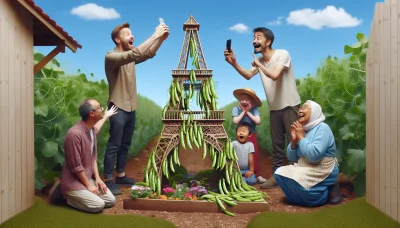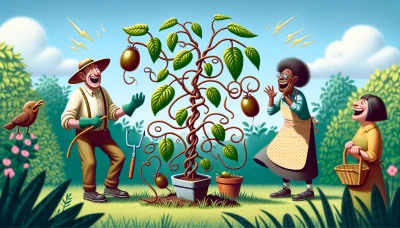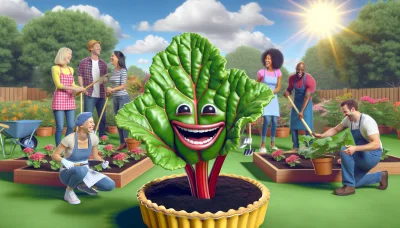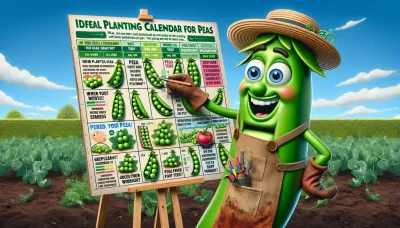Pawpaw fruit Quiz
Test Your Knowledge
Question of
Introduction to Pawpaw Fruit
The pawpaw fruit, scientifically known as Asimina triloba, is a unique fruit native to the eastern United States and Canada. Often described as America's forgotten fruit, the pawpaw has a creamy texture and a tropical flavor that resembles a blend of banana, mango, and melon. This fruit grows on small deciduous trees and is the largest edible fruit indigenous to the United States. Despite its exotic taste and nutritional benefits, the pawpaw remains relatively unknown and underutilized in many parts of its native range.
Why Grow Pawpaw Trees in Your Garden?
Growing pawpaw trees in your garden offers numerous benefits that extend beyond their delicious fruits. Firstly, pawpaws are highly nutritious, packed with vitamins, minerals, and antioxidants, making them a healthy addition to your diet. Beyond their nutritional value, pawpaw trees add ornamental beauty to any space. With their large, tropical-like leaves, attractive flowers, and unique fruits, they can transform a simple garden into an exotic retreat. Additionally, pawpaw trees are known for their low maintenance requirements. They are resilient, require minimal care once established, and are less prone to pests and diseases compared to other fruit trees. All these factors make pawpaw trees a valuable and rewarding choice for any gardener looking to enhance their outdoor space.
Choosing the Right Location for Pawpaw Trees
Pawpaw trees thrive in specific conditions that mimic their natural habitat. For optimal growth, these trees prefer rich, well-drained soil that is slightly acidic to neutral in pH. Sunlight is another crucial factor; while young pawpaw trees benefit from partial shade, mature trees need full sun to produce fruit abundantly. When it comes to spacing, pawpaw trees should be planted about 8 to 10 feet apart to allow ample room for growth and air circulation, which is vital for their overall health and productivity. Selecting the right location by considering these factors is essential for cultivating healthy and fruitful pawpaw trees.
Planting and Caring for Your Pawpaw Tree
- Soil Preparation: Start by choosing a spot with well-draining soil. Pawpaw trees prefer a slightly acidic to neutral pH. If necessary, amend your soil with organic matter to improve its structure and fertility.
- Planting Depth: Dig a hole that is twice as wide and just as deep as the root ball of your pawpaw tree. Place the tree in the hole so that the top of the root ball is level with the surrounding soil surface. Backfill the hole with soil and gently tamp down to remove air pockets.
- Watering: After planting, water your pawpaw tree thoroughly. Maintain consistent moisture, especially during the first few years of growth. Pawpaw trees do not like to be waterlogged, so ensure good drainage. Watering once a week is usually sufficient, but you may need to adjust based on your climate and soil conditions.
- Fertilization: In the first year, focus on establishing your tree without the use of fertilizers. Starting in the second year, you can apply a balanced fertilizer in early spring, just before new growth begins. Avoid over-fertilizing, as this can do more harm than good.
Common Pests and Diseases Affecting Pawpaw Trees
Pawpaw trees, while relatively low-maintenance, can be susceptible to a range of pests and diseases that can affect their health and fruit production. Some of the most common pests include the pawpaw sphinx moth caterpillar, which feeds on the leaves, and various types of beetles that can damage both leaves and fruit. Diseases such as pawpaw scab, caused by the fungus Cladosporium carpo-philum, can lead to unsightly blemishes on the fruit, while Asimina triloba virus A can cause mosaic symptoms on the leaves. Management of these issues often involves practicing good sanitation by removing and destroying affected plant parts, ensuring proper spacing and airflow around the trees to reduce humidity, and applying appropriate fungicides or insecticides when necessary. Additionally, encouraging natural predators of these pests can help keep their populations in check. Regular monitoring and early intervention are key to maintaining healthy pawpaw trees.
Harvesting and Using Pawpaw Fruit
Pawpaw fruit, a hidden gem in the world of exotic flavors, requires a keen eye to determine its perfect ripeness. The ideal time to harvest pawpaw fruit is when it exhibits a slight softness to the touch, similar to that of a ripe peach. The skin may also turn from green to a more yellowish hue, with some brown spots appearing as an indication of full ripeness. Once harvested, the possibilities for using pawpaw fruit in recipes are vast. Its creamy, custard-like texture and tropical flavor make it an excellent addition to smoothies, ice creams, and baked goods. For a simple yet delightful treat, try incorporating the pulp into a basic banana bread recipe or blend it into a pawpaw-specific smoothie to enjoy its unique taste.
FAQs About Growing Pawpaw Trees
| Question | Answer |
|---|---|
| Do pawpaw trees need a pollinator? | Yes, for fruit production, you will need at least two genetically different pawpaw trees for cross-pollination. |
| At what age do pawpaw trees start fruiting? | Pawpaw trees typically start fruiting within 4 to 6 years when grown from seed, but grafted varieties may fruit sooner. |
| How much sunlight do pawpaw trees need? | Pawpaw trees prefer full sun to partial shade, with at least six hours of direct sunlight a day for optimal growth and fruit production. |
| What type of soil is best for pawpaw trees? | Pawpaw trees thrive in well-drained, slightly acidic to neutral soil, rich in organic matter. |
| How do I protect my pawpaw trees in winter? | In areas with harsh winters, young trees may need protection. Mulching and wrapping the trunk can help prevent frost damage. |
| How often should I water my pawpaw tree? | Young trees need regular watering to establish roots, especially in dry periods. Mature trees are more drought-tolerant but benefit from occasional deep watering. |
| Can pawpaw trees be grown in containers? | While it's possible, pawpaw trees have long taproots, making them less suitable for container growing. Choose a large container and expect slower growth and reduced fruiting. |

